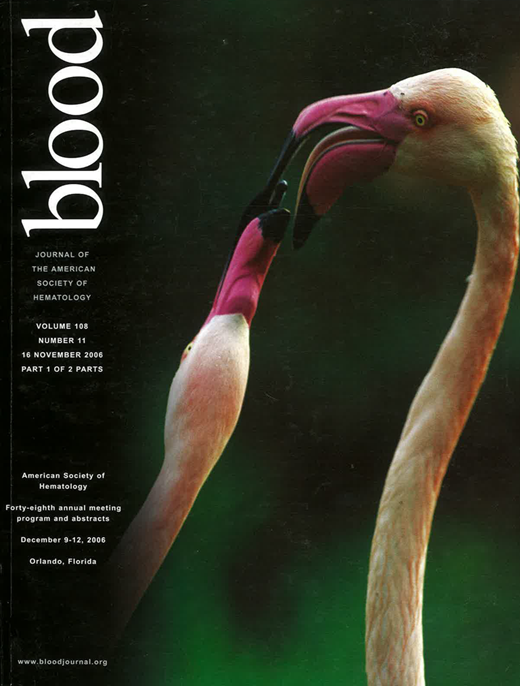Abstract
Haploidentical transplantation (H-SCT) has been an alternative allogenetic transplant option for the high risk lukemia patients who do not have an HLA-identical related donor. The high dose of stem cell infusion and intensive GVHD prophylaxis treatment were applied in H-SCT to overcome the haploidentical major histo compatibility barrier and to achieve engraftment. We speculated that the dynamics of donor chimerism are different from conventional myeloablative allogeneic bone marrow transplantation(allo-BMT). Methods Quantitative analysis of chimerism were performed by multiplex PCR amplification of STR markers (STR-PCR) in unfractionated nucleated cells from bone marrow or whole blood of 30 high risk leukemia patients who received H-SCT(14 females,16 males; median age 25 years). Eighteen of 30 patients received G-CSF primed bone marrow transplantation and another 12 patients received G-CSF primed bone marrow and peripheral blood stem cell transplantation. The conditioning regimen consisted of modified BU/CY or modified total body irradiation(TBI) plus CY. One patient received cyclosporine (CSA), short-term methotrexate(MTX) and mycophenolate mofetil (MMF) as the regimen of prophylaxis of GVHD. Twenty-four patients received CSA, MTX and MMF plus ATG/ALG for GVHD prophylaxis. The combination of CSA, MTX, MMF, ATG/ALG and CD25 monoclonal antibody for preventing GVHD in 5 patients.
Results: All of the patients except one showed initial donor engraftment and just one patient presented primary graft failure.
The early chimerism and its kinetics after transplantation showed that the donor chimerism became dominant (DC 84.1% >60%) by day +3, which preceded the detection of hematologic engraftment by a median of 9 days. On day +7, donor cells of majority patients had achieved stable engraftment. The median chimerism was 92.4%;The probability of achieving full donor chimerism (FDC) in PB was 56.3% on day +14, 61.5% on day +28;
Comparing with the group of standard allo-BMT, median quantity of CD34+ cells and CD3+ T lymphocyte cells of H-SCT group were 2 and 3 times higher. Furthermore GVHD prophylaxis was more intensive with ATG/ALG and MMF in H-SCT group. The median percentage of donor chimerism of H-SCT was significantly higher than that of BMT on the day of +7d, +14d and +1month. Meanwhile there were difference in the rates of FDC among H-SCT and BMT(61.5% VS 20%, p<0.01)on day of +28.
The median overall follow-up was 24 months(range, 1.5–34.5), and 12 (40%) patients were alive.
Conclusion: In the early stage after transplantation, the engraftment of donor cells of H-SCT was more rapidly and completely than that of conventional BMT owing to the high quantity of donor CD34+ cells, T lymphocyte cells and the more intensive immunosuppressive therapy.
Disclosure: No relevant conflicts of interest to declare.
Author notes
Corresponding author

